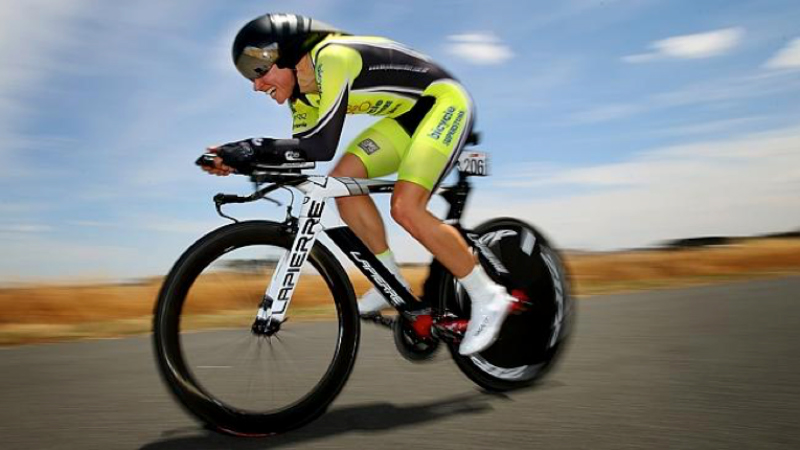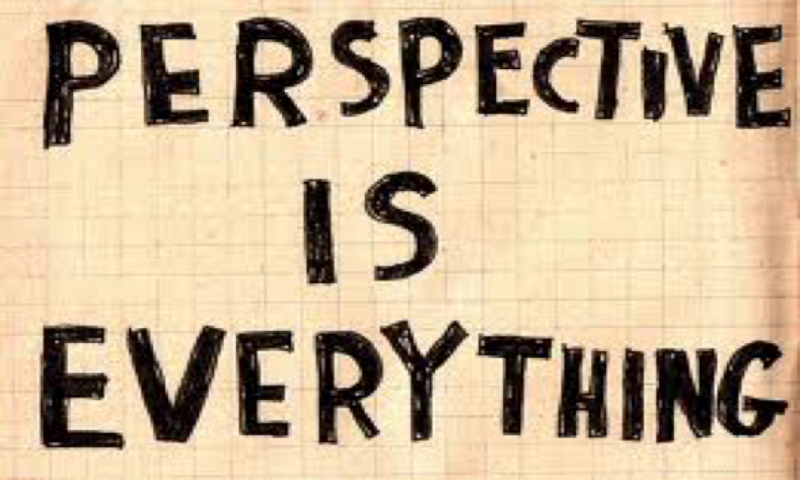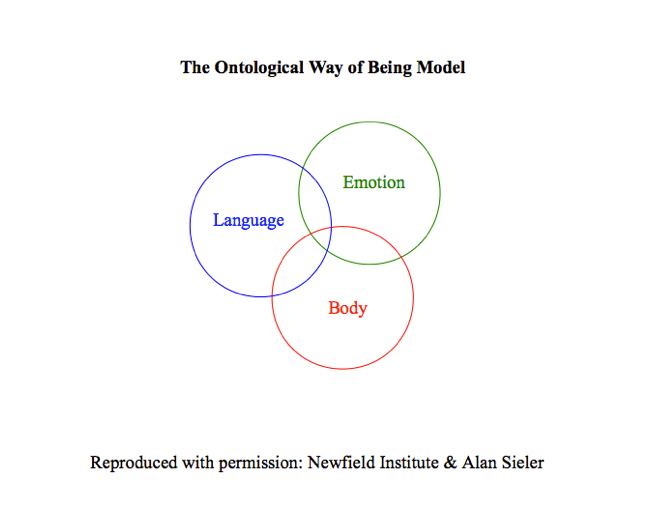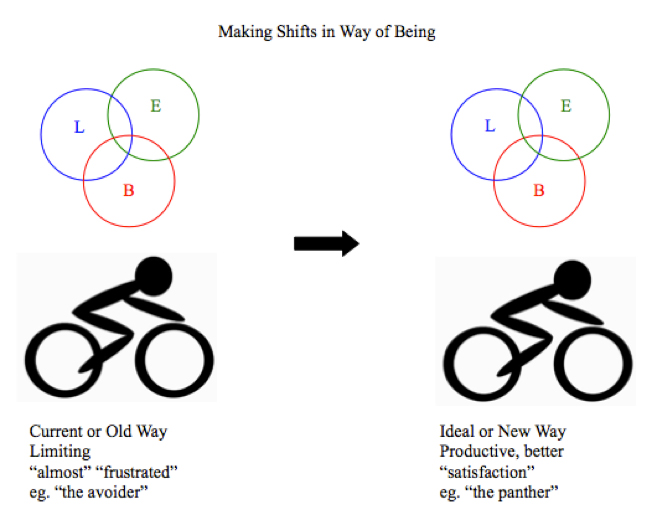
“TTs are about power to pedal, but mental strength is what can affect and impact on power application, in particular the ability to push into the red and hold it there. Gaining a mental ‘edge’ is a skill to learn and takes practise, practise and more practise.” – Felicity Wardlaw.
CONTEXT
From any viewpoint, the TT is extreme. The physical position, the intention and demands, the social exposure and so on. When we’re put in extreme situations and intend on extracting the most from ourselves, the truth about ourselves comes out. And that’s exactly what we want and need to be training – the truth of our mind and body, when we’re under the pump. Yes, the “race of truth” is aptly named for many reasons.
When looking at the enormous topic of the mind we first need to be very clear on how our cultural conditioning often leads to us seeing our mind as separate to our body. For convenience, the body and mind often get labelled individually, but the danger is that the two entities often get treated and trained in isolation. Why does this matter? Because, by dealing with them separately we short-change ourselves. The bodymind is one functioning integrated system and it’s in this integration our higher potential lies. So from this perspective, we can see the importance of training the bodymind as one.
The Power of Observation
Examine any field of human potential, be it spirituality, leadership, performance, psychology etc. and the essence of them all will be around developing awareness of self. It’s from this awareness we’re able to ‘see’ clearly, develop choice, act with purpose, take responsibility for ourselves, and create the outcomes we want. The key that allows us to become more aware is the ability to observe. You might use different a word or description but it all gets back the same thing, the ability to pull back, and become more aware of the full picture – to see the forest and the trees. Both “marginal gains” and major breakthroughs in performance have come from athletes and teams becoming more aware. The more powerful our observations, the more powerful we become. So when considering TT performance, the physical discomfort, and overall challenge involved in riding at your edge, becoming a “better” or different observer, is fundamental to building faster times. It’s pretty deep, but if you want to change your TT times, change your way of observing.

APPROACH
Way of Being
As a coach, one way I assist my clients to become more effective observers and create better outcomes is with the Ontological “Way of Being” Model. This model has a big backstory2 I won’t go into here but it can be a powerful tool to get the most out of yourself, and of course make you go really fast on your bike.

This model proposes that as humans, we exist in 3 interrelated areas: language, emotion and body.
- Language consists of our listening and speaking, the words we use or don’t use, what we listen for, and our internal dialogue, self-talk, narratives and thought. It’s also in language where we create meaning for ourselves.
- Emotions (e-mote: Latin: to move), as the name suggests, are precursors to action. We are in emotion at every moment. The emotions we experience are largely based on the meaning we make for ourselves in language. Emotions influence the quality of how we feel and the way we act. The better our emotional vocabulary and acuity the better we can create optimal ways of being.
- Body is not only our physical form and experience, but also the embodiment of our language and emotion – our way of being is embodied, and shows up in many ways, but especially through our habitual postures, muscle tension, and breathing and movement patterns.
It’s in our Way of Being that our perceptions and attitudes lie, and it’s the active interplay between language, emotion and body that determines our beliefs, behaviour, an ultimately, TT performance!
EXAMPLES
Below are some TT examples in each area, but just as important as the individual observation is any relationship between observations in different areas.
TT Language Observation Examples
Race lead up:
“I own the time trial”
“I’ve gotta get good result here to get another contract”
“I haven’t done enough training”
“It’s my kind of track, I can’t wait!”
During the race:
“Wow I’m feeling good, much better than usual”
“Push” or “Go, go, go”
“Shit, wrong gears”
“My legs are dead, I can’t maintain this wattage”
“This time won’t be good enough, it’s not my day”
“You’re not passing me, no way”
Ongoing Personal Narrative:
“I’m better than you, and you, and you”
“I was born to do this”
“I don’t belong here”
“I don’t deserve this”
TT Emotion Observation Examples
- Anxiety, doubt or excitement waiting to start, or before you settle into the ride
- Anxiety or panic as you feel yourself starting to blow-up
- Anger, resignation or determination if you get passed by someone else, or get a flat
- Fear – not living up to your own standards, or of what might happen if you’re successful
- Doubt about whether you can do it
- Excitement when you feel up for it and well prepared
- Pride, arrogance, anger, resentment, curiosity, hunger, uncertainty, acceptance or resistance, fearlessness, helplessness, justification, persistence, patience, calmness, etc.
TT Body Observation Examples
- Shallow, fast breathing into the upper chest waiting to be counted down at the start
- Smooth, steady and fluid movement of the bike (e.g. Tony Martin)
- A sensation of pedalling in squares or triangles, not in circles
- Face scrunched up and tense (pain face)
- Feeling an even spread of weight at the 6 contact points – saddle, bars and pedals
- Head, rib cage, and bike rocking side to side with each pedal stroke (e.g. Andy Schleck, 2011 TdF stage 20, Grenoble ITT, 1m:45s mark)
- Over gripping with the trunk muscles to stabilise for the legs to push
- Springy, resilient, powerful legs
- Quads stiffening, body “locking up”
- Uneven left-right weighting on the sitting bones in the saddle
APPLICATION
So how do we use this to help us?
When we become more self-aware by observing our Way of Being, we have a better understanding of what’s going on. From here we can either decide to leave things as they are, or make a change – and the learning required for ongoing improvement and better performance, requires change. So if we identify that our current, or typical Way of Being for our TT goals may be limiting us, we can make a change. We can shift from our current, or “old” Way of Being, and bring in a new, more effective one.

7 STEPS TO CREATE NEW HIGH-PERFORMANCE WAYS OF BEING
- Choose a part of the TT you feel will give you the biggest return on investment if you improve it. It might be your overall attitude to TT, the night before, waiting at the gate, or some point during the run when you’re at maximal physical and (self-imposed) mental suffering.
- Either by remembering previous TT experiences or by simply being aware of it during your next TT race or training, observe and write down what you notice in your language, emotions and body. Don’t analyse obsessively but the more precise you can be, the more likely you’ll get to the heart of the matter and create real possibilities for change and breakthroughs.
- Give your current identified Way of Being a name, label or description. E.g. “the avoider” or “cold”, or “honest” – whatever you feel best represents you in that situation. This will help you quickly identify when you’re moving into this way at the “wrong” time.
- In contrast to this typical Way of Being, identify and generate alternate language, more helpful emotions, and sensations and posture on the bike, that will work better for you. Again, writing it down helps most people.
- Label this new Way of Being. Maybe its “fire” or “relentless” or “Chewbacca” or even the name of a time trialist you admire like “Spartacus”. Whatever resonates for you that you can rapidly embody in the moment. For example, I loved Felicity Wardlaw’s comments a while ago, visualising herself as a panther. This helped her embody fast, relaxed, smooth, powerful and lean.
- Practice your Way of Being and the overall feeling it gives you. This will be obviously be done in the specific situation, especially in training, but it can also be in quieter moments away from the bike. Also, practice bringing on your old way until you can really feel it, and then alternate with your new way. This’ll help you contrast between the two and improve your awareness of what state you’re in.
- At your next TT, whenever you notice yourself in your typical “old” way that you don’t want, simply bring in your new way and carry on toward your goal!
Important Note: All this could sound complex and laborious, but once familiar, the whole process of practicing is quite simple and can take just a few minutes. On the bike during a race it only takes a moment or two once you are skilled with it. Also, the value of this work can only be fully realised and appreciated by actually doing the work (not just considering it) with intent and as much application as any other part of your preparation.
SUMMARY
To tap into our full potential, whether it be the TT, other cycling, or life, it helps enormously to see our body and mind as one. The basis of many human potential movements is to become more self-aware via clear observation. The Ontological Way of Being model is a powerful approach that helps us observe ourselves in the domains of language, emotion and body. It offers opportunities for insight, learning, improvement, performance and ultimately, deep satisfaction.
Until next time, bring out your inner panther.

Scott Barrow
RiderFire
RiderFire is the cycling arm of Scott Barrow’s Personal Performance Coaching business. It ramps up the passion and potential, of keen riders and hungry racers. Line up your head and heart with your legs and ignite the possible.
References:
1Image: HeraldSun – Colleen Petch
2“Coaching to the Human Soul – Ontological Coaching and Deep Change” by Alan Sieler
